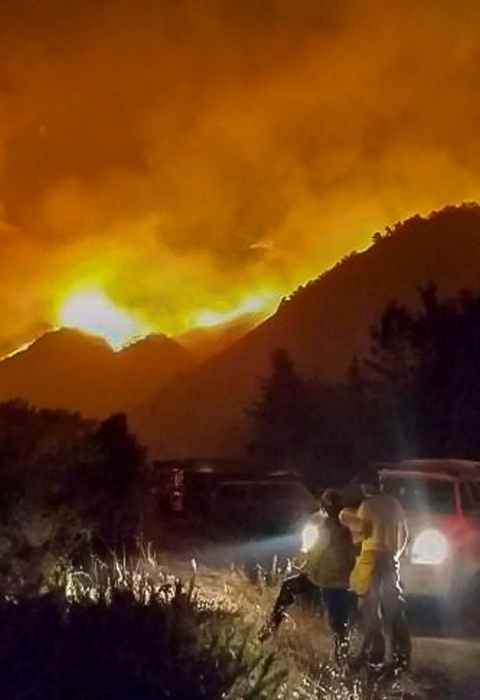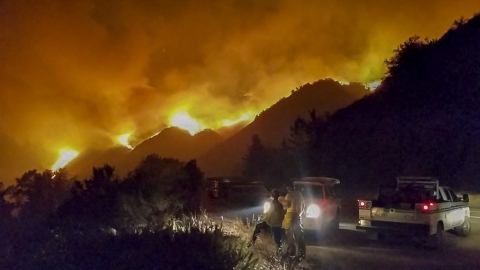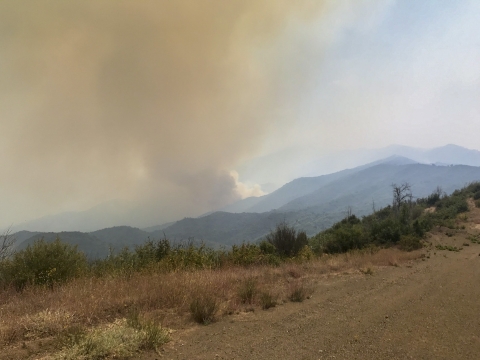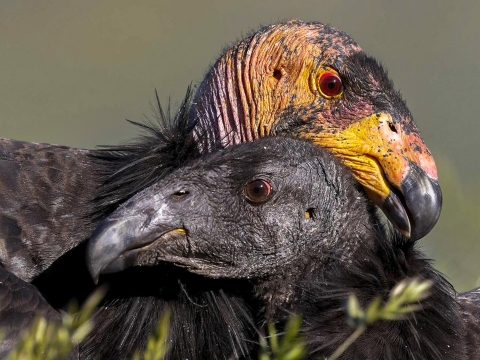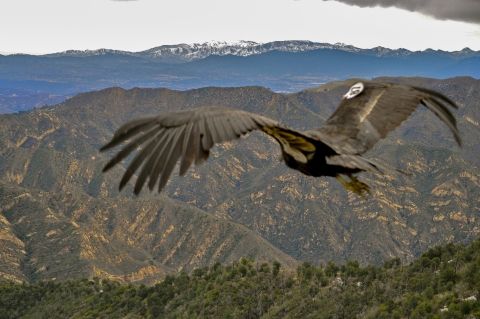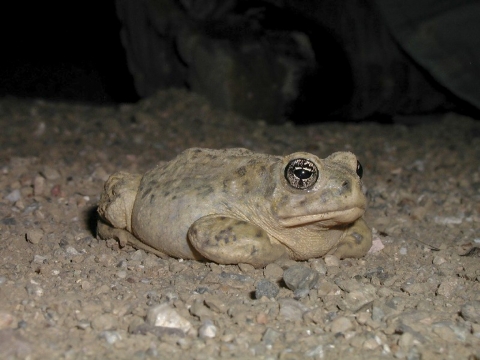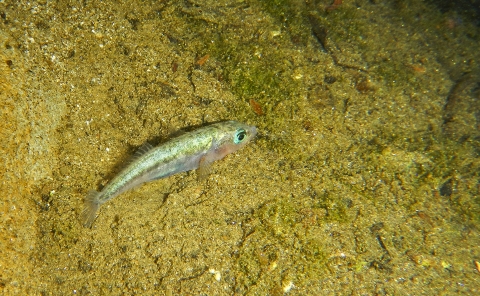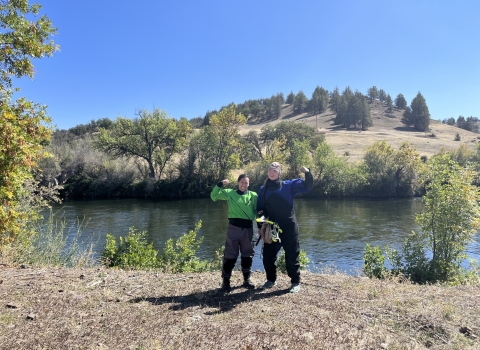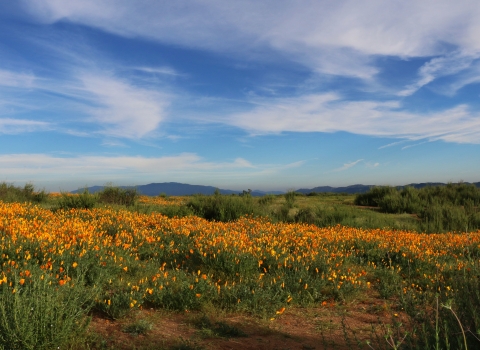By Ashley McConnell
The U.S. Fish and Wildlife Service is working with land managers and fire response agencies across California to monitor potential impacts of wildland fires on rare wildlife and plants.
“While it’s still too early to understand the long-term impacts of the wildfires on rare wildlife, the primary short-term impact is loss of their habitat,” said Chris Dellith, senior fish and wildlife biologist with the U.S. Fish and Wildlife Service. Some ecosystems are fire-adapted and require fire to be maintained; in some cases, native plants require fire regeneration as part of their life cycle.
Unfortunately, some wildlife may not find refuge from wildfire and may be injured or killed. But many will escape and find unburned areas for shelter and food, while others may withstand the fire underground. Some amphibians may seek haven in small-mammal burrows or pond bottoms.
“Fortunately, we are near the end of nesting season and most migratory bird hatchlings have fledged and can fly away to evade approaching fires,” said Dellith.
The Dolan Fire in Monterey County is currently burning in areas of Big Sur that provide habitat for federally endangered California condors, one of the world’s largest and most critically imperiled birds. Fortunately, as large soaring birds, adult California condors have the ability to avoid fires by flying away from them. However, wildfires may pose a hazard to nesting and roosting condors as fires move through areas quickly at night. There are five active condor nests in redwood trees in the vicinity of the Dolan Fire, each with a chick between 3-4 months of age.
“If the area around the nest burns, there is still a good chance that the chick will survive,” said Joseph Brandt, fish and wildlife biologist with the U.S. Fish and Wildlife Service. “Research indicates that California condor nests are more tolerant of wildfires than previously believed. In the past two decades, six of 41 nests have fallen in the path of two large wildfires in California, each exceeding 50,000 acres. Five out of six of those nests, and their chicks, survived.”
“Even though we have had condors die in fires, we do not consider wildfires to be a major threat,” said Steve Kirkland, Condor Field Coordinator with the U.S. Fish and Wildlife Service.
“Over the past two decades, seven condor deaths have been associated with wildfires in Southern California and the Big Sur area,” Kirkland said. “By comparison, 93 free flying condors have died from lead poisoning - the biggest threat - since 1992 when condors were reintroduced back into the wild; 49 of those have been in central and Southern California.”
There are currently around 101 free-flying California condors in central California. The Service has advised fire response agencies of the presence of condors in the area, including the locations of active nests.
The Lake Fire in Los Angeles County is currently burning in areas near habitat for the federally endangered arroyo toad and unarmored three-spine stickleback. Service biologists provided recommendations to the U.S. Forest Service to minimize impacts of fire response efforts on potential listed species in the area, provided those measures do not hinder response efforts to protect human health and safety. Those measures include avoiding use of fire retardant and cutting of fire breaks in riparian riparian
Definition of riparian habitat or riparian areas.
Learn more about riparian areas and streams.
Fires may also have indirect effects on listed species. For example, slopes denuded of vegetation may become prone to debris flows during subsequent rain events. “If sediment and ash becomes mobile due to rain, that could have a devastating impact on habitat for these species,” Dellith said. Debris that enters streams may suffocate or crush fish and amphibians and can degrade aquatic habitat.
In 2017, federal and state partners successfully rescued and released unarmored three-spine stickleback in the Angeles National Forest after the Sands Fire and pending rains threatened their habitat.
Service biologists are also closely monitoring other fires throughout the state, including the CZU Lightning Complex Fire in Santa Cruz County and the River and Carmel Fires in Monterey County. While specific impacts to federally threatened and endangered species remain uncertain at this time, Service biologists are monitoring these fires and will coordinate with land managers to provide recommendations to reduce the impacts of fire response activities on rare wildlife, but only if those recommendations do not hinder efforts to protect human health and safety.
After the fires subside, we’ll work with our partners at the U.S. Forest Service, California Department of Fish and Wildlife, California State Parks, and other land managers to better understand the impacts of the wildfires on our federally-protected species over the long-term.
For the latest information on the California condor flock in Big Sur, visit ventanaws.org/california-condor and @Ventana Wildlife Society on Facebook. Also visit The Condor Cave on Facebook for information about the Southern California flock of condors.
